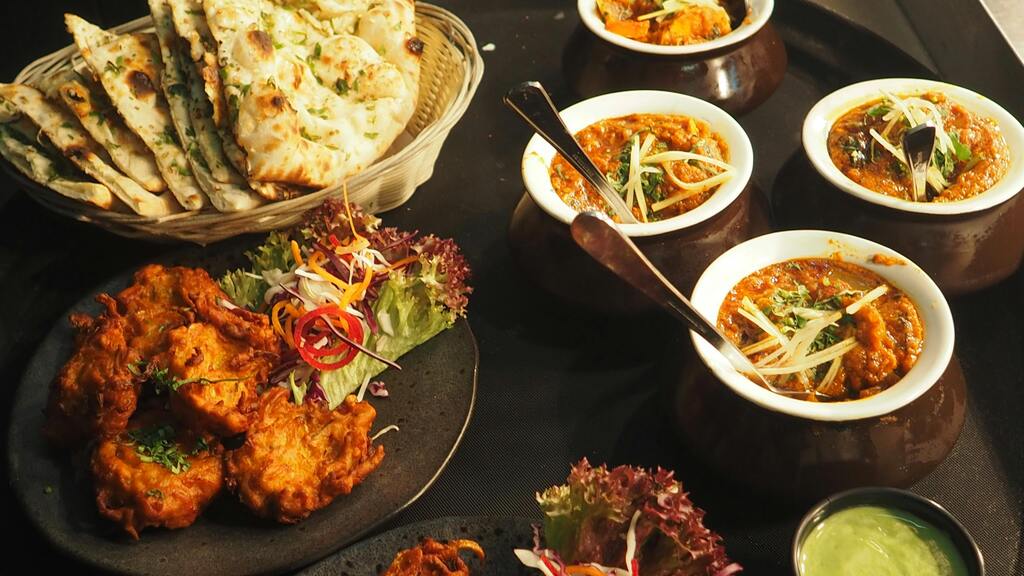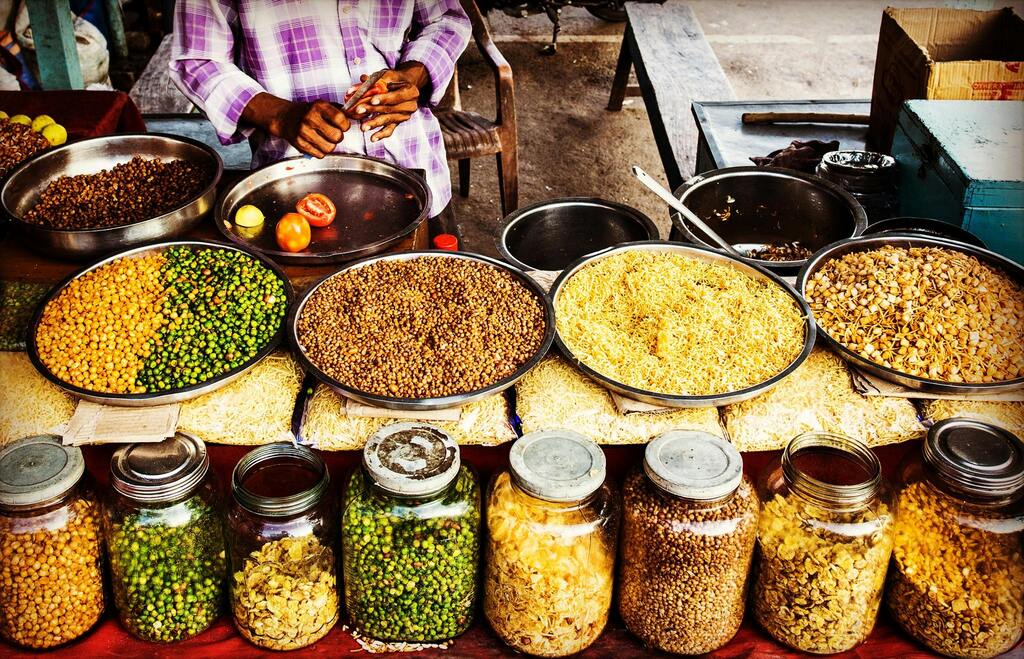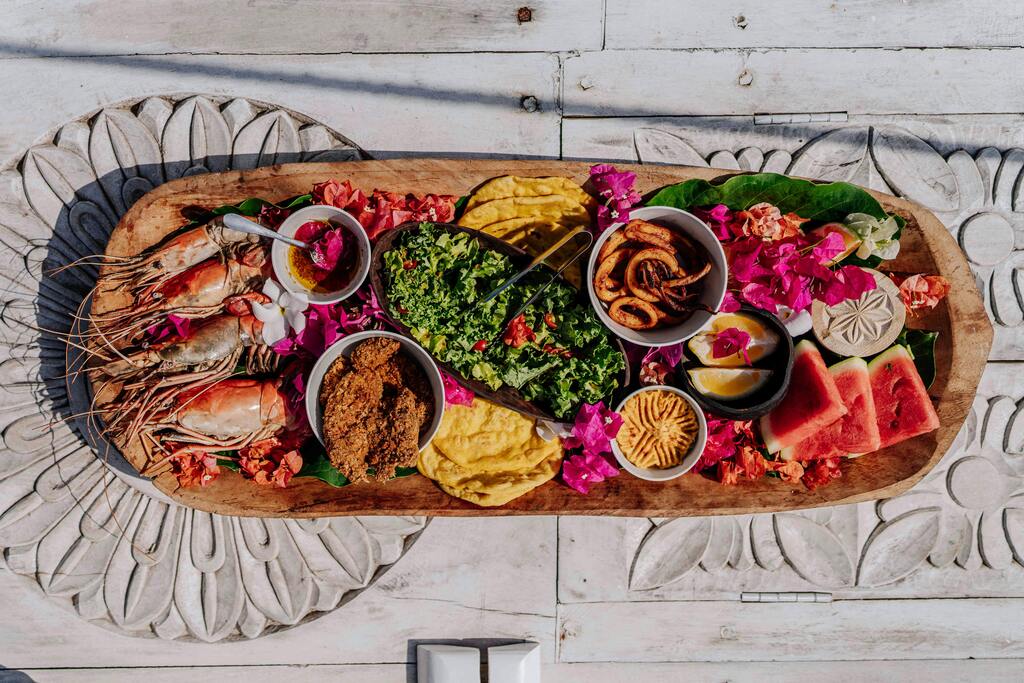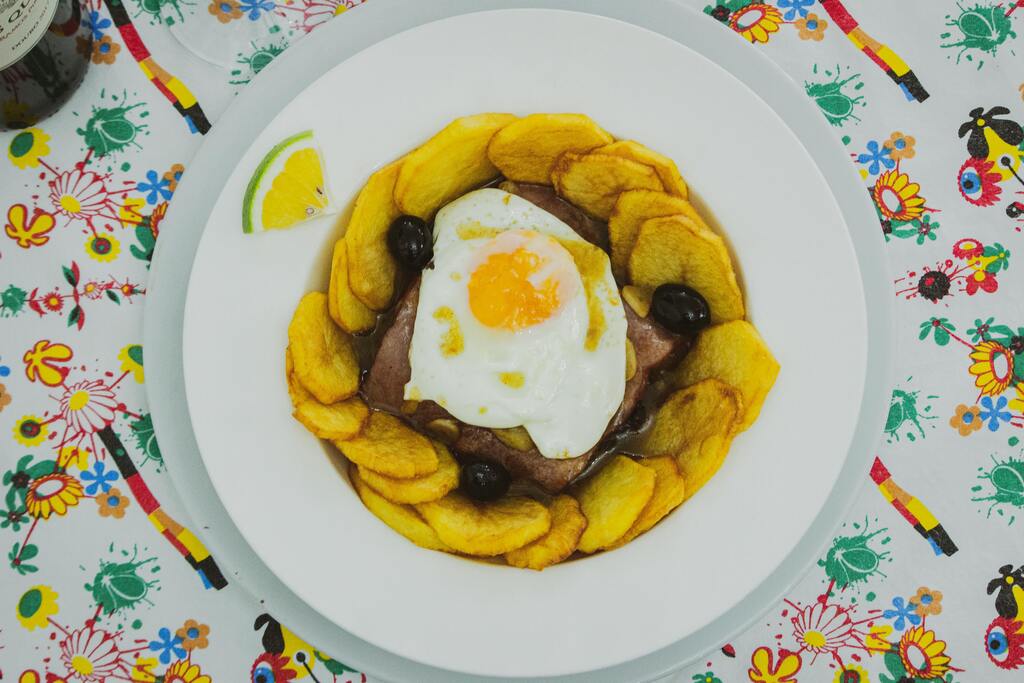Africa is the birthplace of humanity — and also home to one of the most richly diverse culinary landscapes on Earth. With over 50 countries, thousands of ethnic groups, and countless climates and terrains, African cuisine is a living expression of cultural heritage, history, and regional identity.
From the aromatic stews of North Africa to the smoky barbecue of the South, the continent’s food is vibrant, flavorful, and deeply rooted in tradition. While African cuisine is often underrepresented globally, it's increasingly gaining recognition for its bold spices, unique ingredients, and community-centered food culture.
In this article, we explore the preferred cuisines of Africa, region by region — excluding the Caribbean (as much related to Africa), but embracing the full flavor of the continent.

North African cuisine is characterized by its use of bold spices, grains, olive oil, and slow-cooked meats. Strongly influenced by Arab, Berber, Mediterranean, and Ottoman traditions, food here is fragrant, colorful, and layered in flavor.
Countries: Morocco, Algeria, Tunisia, Egypt, Libya, Sudan
Staple Ingredients: Couscous, semolina, lentils, chickpeas, lamb, preserved lemons, harissa, olives
Signature Dishes:
Tagine (slow-cooked stew in a conical clay pot — Morocco/Algeria)
Couscous (steamed semolina with vegetables/meat)
Ful Medames (stewed fava beans — Egypt)
Harira (spiced soup with lentils and chickpeas — Morocco)
Shakshouka (eggs poached in tomato-pepper sauce — North Africa-wide)
North African food is a beautiful balance of spice and subtlety, often shared in communal meals.
West African cuisine is robust, spicy, and soul-satisfying. Rooted in local produce like cassava, yams, and plantains, the food is often slow-cooked and deeply seasoned with indigenous and imported spices.
Countries: Nigeria, Ghana, Senegal, Mali, Côte d'Ivoire, Sierra Leone, Liberia, Togo, Benin, Guinea, Burkina Faso, Niger, Gambia
Staple Ingredients: Cassava, yams, peanuts, chili peppers, palm oil, smoked fish, okra
Signature Dishes:
Jollof Rice (a tomato-based rice dish — Nigeria/Ghana/Senegal)
Egusi Soup (melon seed-based soup with vegetables and meat — Nigeria)
Fufu (pounded yam or cassava dough served with soup)
Thieboudienne (fish and rice stew — Senegal)
Kelewele (spiced fried plantains — Ghana)
Food here is more than nutrition — it’s central to celebration, identity, and everyday life.
Central African food remains one of the least internationally known but is rich with Indigenous cooking traditions that date back centuries.
Countries: Cameroon, Central African Republic, Democratic Republic of Congo, Republic of Congo, Equatorial Guinea, Gabon, Chad
Staple Ingredients: Cassava, maize, plantains, bush meat, fish, peanut sauces, hot peppers
Signature Dishes:
Poulet DG (chicken stew with plantains — Cameroon)
Moambe Chicken (chicken in palm butter sauce — DRC)
Fumbwa (wild spinach stew — Congo)
Cassava Leaf Stew (widely eaten across the region)
Meals here tend to be communal, hearty, and centered around soups and stews served with a starchy base.

East African cuisine reflects a mix of Arab, Indian, and native African influences. With coastlines along the Indian Ocean, seafood and exotic spices play a key role.
Countries: Kenya, Tanzania, Uganda, Ethiopia, Somalia, Rwanda, Burundi, South Sudan, Eritrea
Staple Ingredients: Maize, lentils, millet, teff, goat meat, bananas, spices, coconut milk
Signature Dishes:
Injera with Wot (sourdough flatbread with spicy stew — Ethiopia/Eritrea)
Ugali (maize porridge eaten with vegetables or meat — Kenya/Tanzania/Uganda)
Nyama Choma (grilled meat — Kenya)
Matoke (steamed green bananas — Uganda)
Biryani/Pilau (spiced rice dishes — coastal Kenya and Tanzania)
In Ethiopia and Eritrea, food is eaten by hand using injera, and meals often have strong religious and social significance.
Southern African cuisine combines Indigenous food with European colonial influences, especially Dutch, Portuguese, and British. It's known for its meat dishes, maize staples, and coastal seafood.
Countries: South Africa, Namibia, Botswana, Zimbabwe, Lesotho, Eswatini, Mozambique, Angola, Zambia, Malawi
Staple Ingredients: Maize (mealie), beans, beef, lamb, chicken, peanuts, pumpkin
Signature Dishes:
Braai (South African barbecue — a cultural institution)
Pap (maize porridge served with gravy or meat — Southern Africa-wide)
Bunny Chow (hollowed-out bread filled with curry — South Africa)
Sadza (stiff maize meal — Zimbabwe/Zambia)
Matapa (cassava leaves cooked in coconut milk — Mozambique)
In South Africa, the cuisine is extremely diverse, reflecting its multicultural society — from Cape Malay curries to Afrikaner meat dishes and Xhosa stews.

Despite its diversity, African cuisine shares some unifying features:
Starch & Stew Pairing: Most meals include a starchy base (like rice, maize, cassava, or plantain) with a richly flavored sauce or stew.
Communal Eating: Meals are often eaten together, from a shared bowl or dish, reflecting communal and family values.
Bold Flavor Profiles: Spices, fermented ingredients, and smoked or dried meats are commonly used to build depth of flavor.
Local Ingredients: African cooking celebrates what’s local and seasonal — with little waste and maximum creativity.
From jollof rice at West African pop-ups in London to injera platters in New York, African cuisine is finally gaining international attention. Diaspora chefs and food bloggers are showcasing the depth and beauty of these food traditions, helping to break down stereotypes and elevate African cooking on the global stage.

Africa’s cuisine is not one thing — it is many stories, traditions, and tastes woven together across generations. It’s food that connects people to the land, to their ancestors, and to one another.
Whether you’re savoring a spicy peanut stew in Senegal, enjoying a braai in South Africa, or scooping up wot with injera in Ethiopia, one thing is certain: African cuisine is a celebration of culture, community, and creativity — and it’s ready to be explored, one bite at a time.